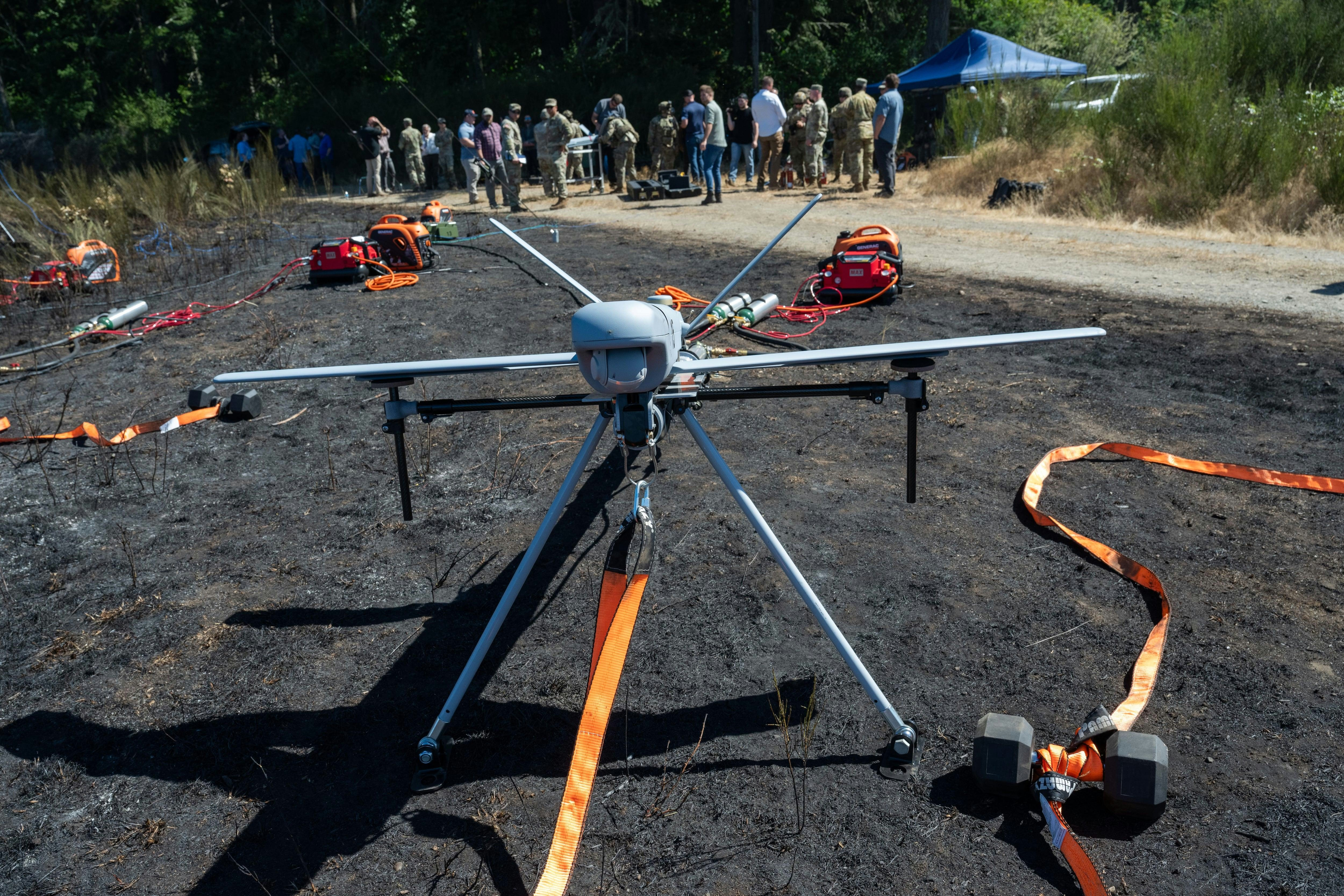
AeroGenie — Your Intelligent Copilot.
Trending
Categories
Daver Malik Appointed Assistant Aviation Director and Chief Development Officer at Phoenix Sky Harbor Airport
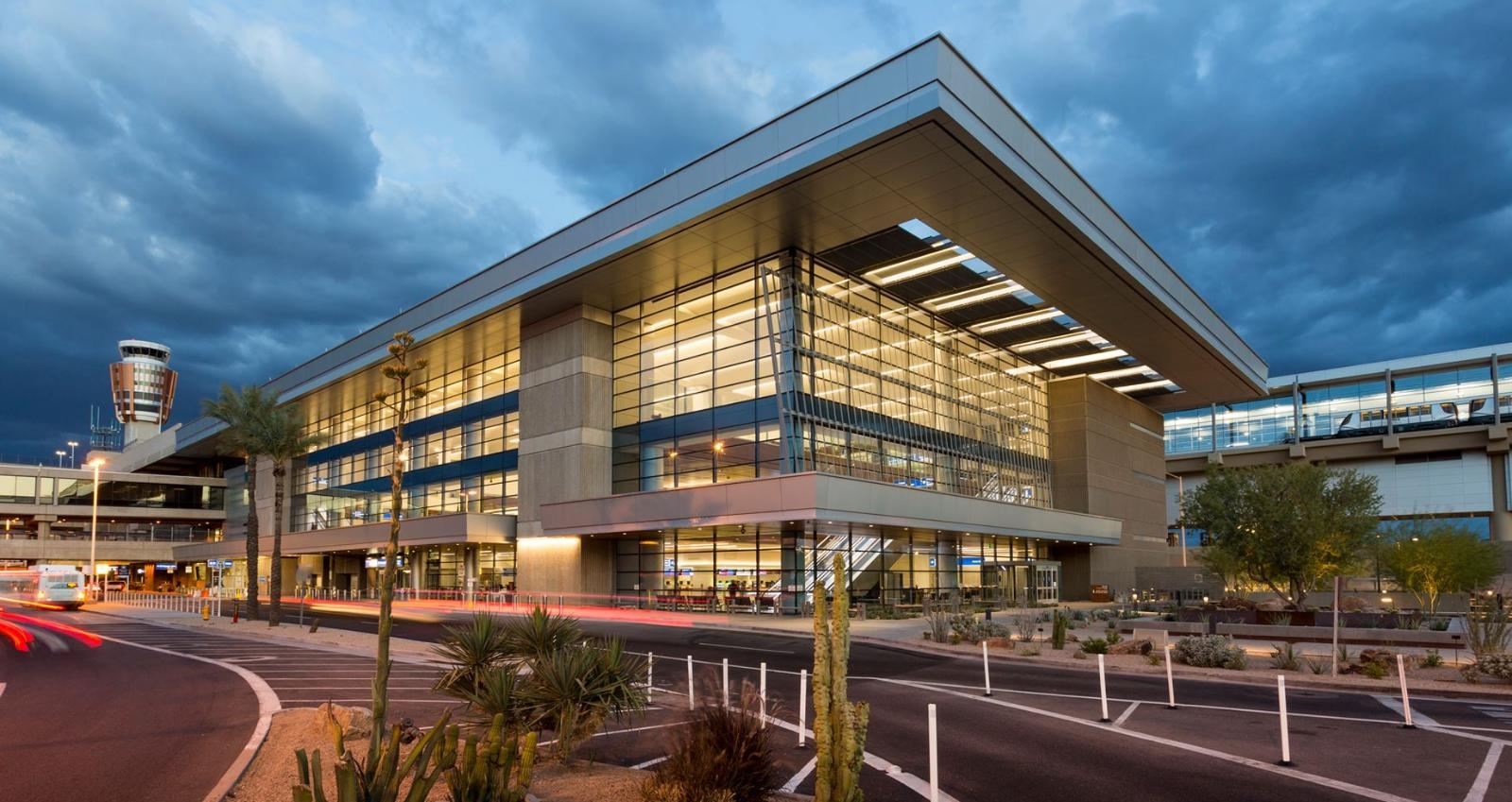
Daver Malik Appointed Assistant Aviation Director and Chief Development Officer at Phoenix Sky Harbor Airport
Following a comprehensive nationwide search, Daver Malik has been named Assistant Aviation Director and Chief Development Officer for the City of Phoenix Aviation Department. Previously serving as Assistant Chief Information Officer, Malik will now oversee the Design & Construction Services, Planning & Environmental, and Technology divisions at Phoenix Sky Harbor International Airport.
Extensive Experience and Leadership in Aviation Infrastructure
Malik brings over two decades of experience in the aviation sector, spanning major hub airports and the private industry. He is widely recognized for his strategic and growth-oriented leadership in infrastructure and technology. His portfolio includes managing significant capital development projects such as Phoenix’s $1.5 billion Terminal 3 Modernization, which added 25 gates, the eight-gate Terminal 4 S1 concourse, and the PHX Sky Train® Stage 2. His expertise also extends to Atlanta’s $2 billion International Terminal expansion, the consolidated rental car facility (CONRAC), and the Airport Operations Center (AOC).
Aviation Director Chad Makovsky praised Malik’s appointment, emphasizing his ability to foster strong relationships, align diverse stakeholders, and lead with innovation. “Daver’s broad experience and passion for the industry will directly shape the future of our airport system and the community we serve for generations to come,” Makovsky stated.
Strategic Vision Amid Industry Challenges
Malik’s leadership has been instrumental in advancing critical industry initiatives, including the development of digital strategies, the launch of a Passenger Forecast Data Sharing Model, and the implementation of the Biometrics Exit Program to enhance passenger experience. Throughout his career, he has championed a culture of innovation at both the City of Phoenix and Atlanta International Airport.
As he assumes his new role, Malik faces a complex operational and market environment. Phoenix Sky Harbor is preparing for the challenges of future air traffic management, aligned with the 2045 vision for the national air traffic system. The airport is also responding to increased competition prompted by new international routes, such as Starlux Airlines’ inaugural direct connection to Asia from Phoenix. This development may drive existing carriers to enhance their services and infrastructure to maintain market share.
Broader industry dynamics, including investor activities like Carl Icahn’s recent stake in JetBlue, are expected to influence competitive strategies and market conditions. These factors highlight the critical need to integrate technology and data into infrastructure planning to ensure Phoenix Sky Harbor remains efficient, adaptable, and prepared for future demands.
Reflecting on his appointment, Malik expressed gratitude for the trust placed in him during this pivotal period. He emphasized the importance of integrating technology and data into physical infrastructure design to create efficient and future-ready facilities. Malik also underscored the necessity of aligning development efforts with evolving passenger expectations, airline business models, and sustainability goals to secure long-term success.
Malik’s appointment marks a significant step as Phoenix Sky Harbor positions itself for continued growth and innovation within an evolving global aviation landscape.
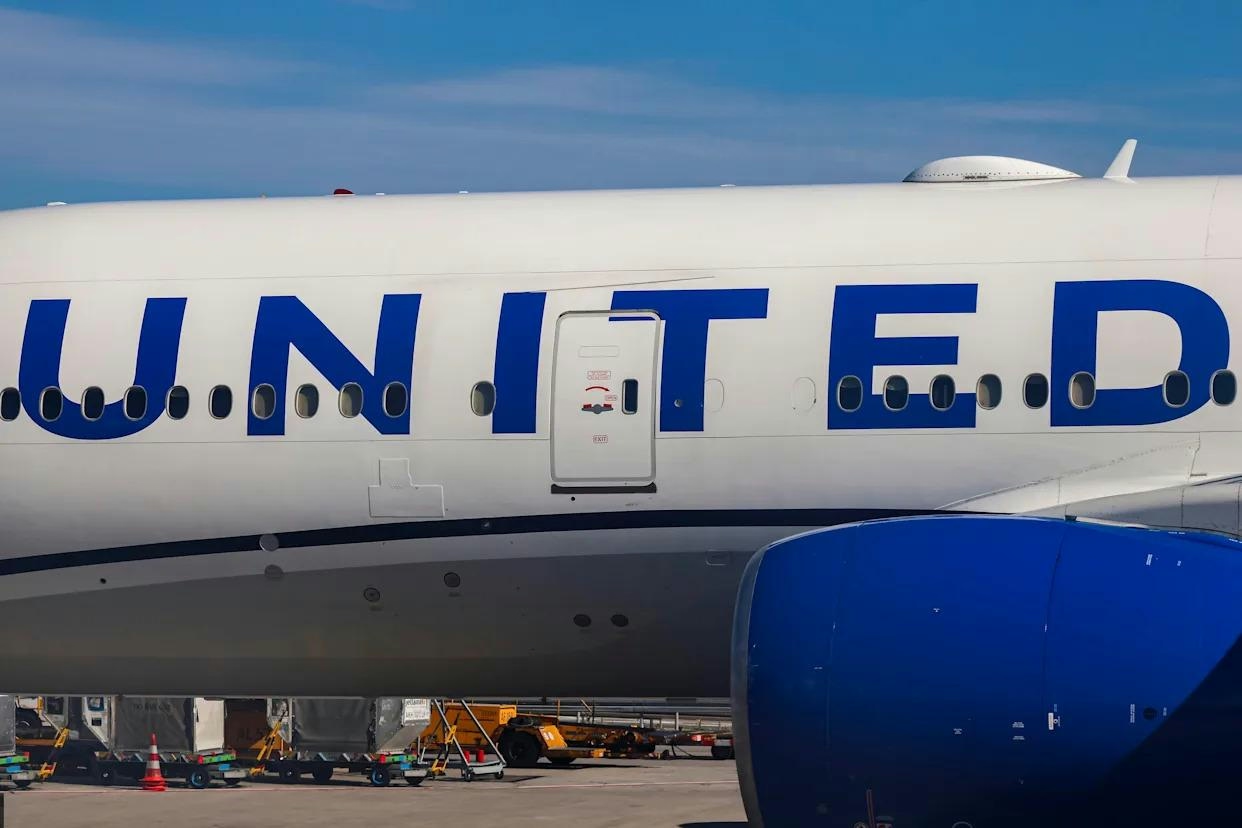
United Airlines Flight Returns to Dulles After Engine Failure on Takeoff
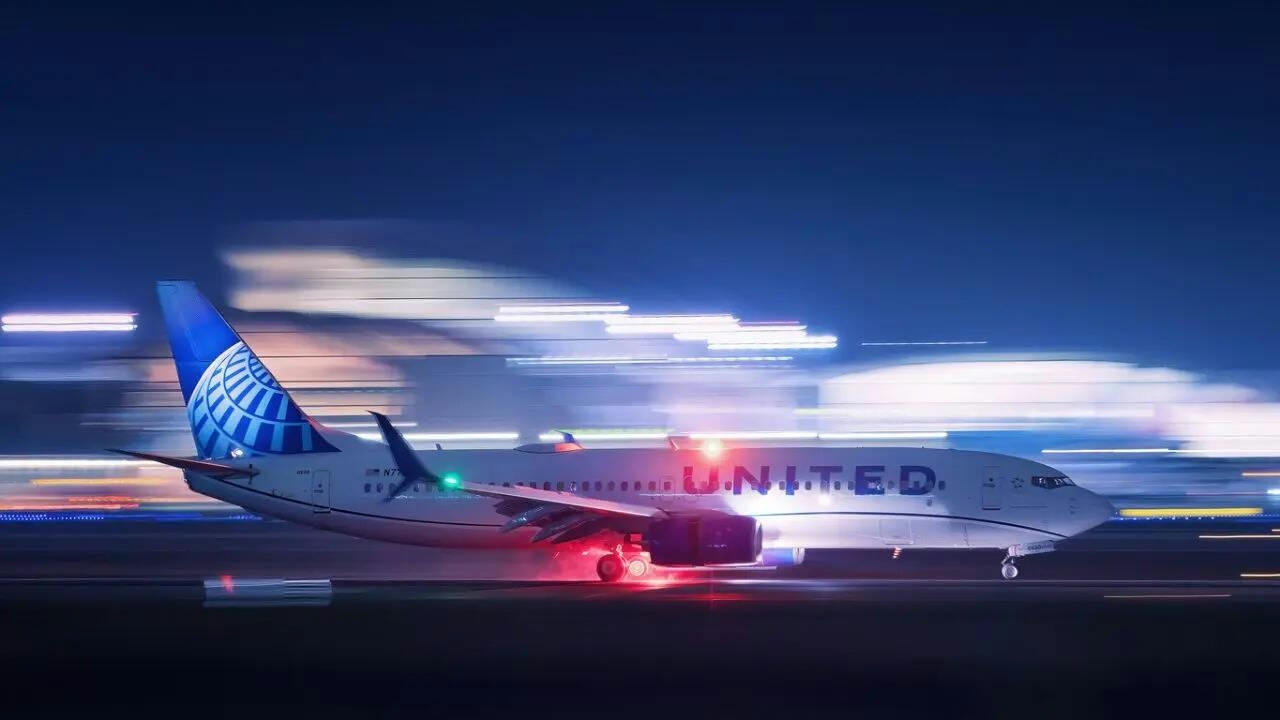
United Airlines flight makes emergency landing at Dulles after engine failure
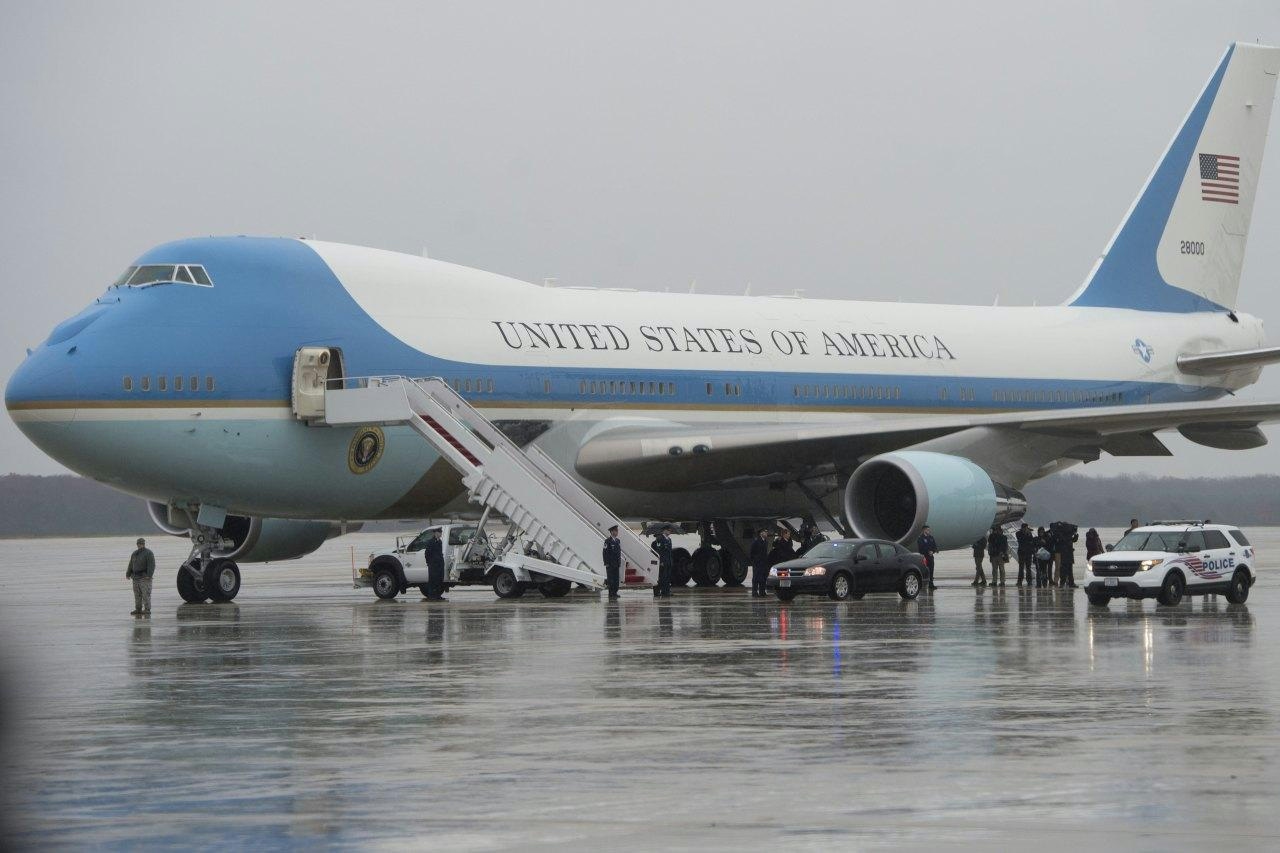
The Impact of the New Air Force One’s Delayed 2028 Arrival on Aviation and Travel
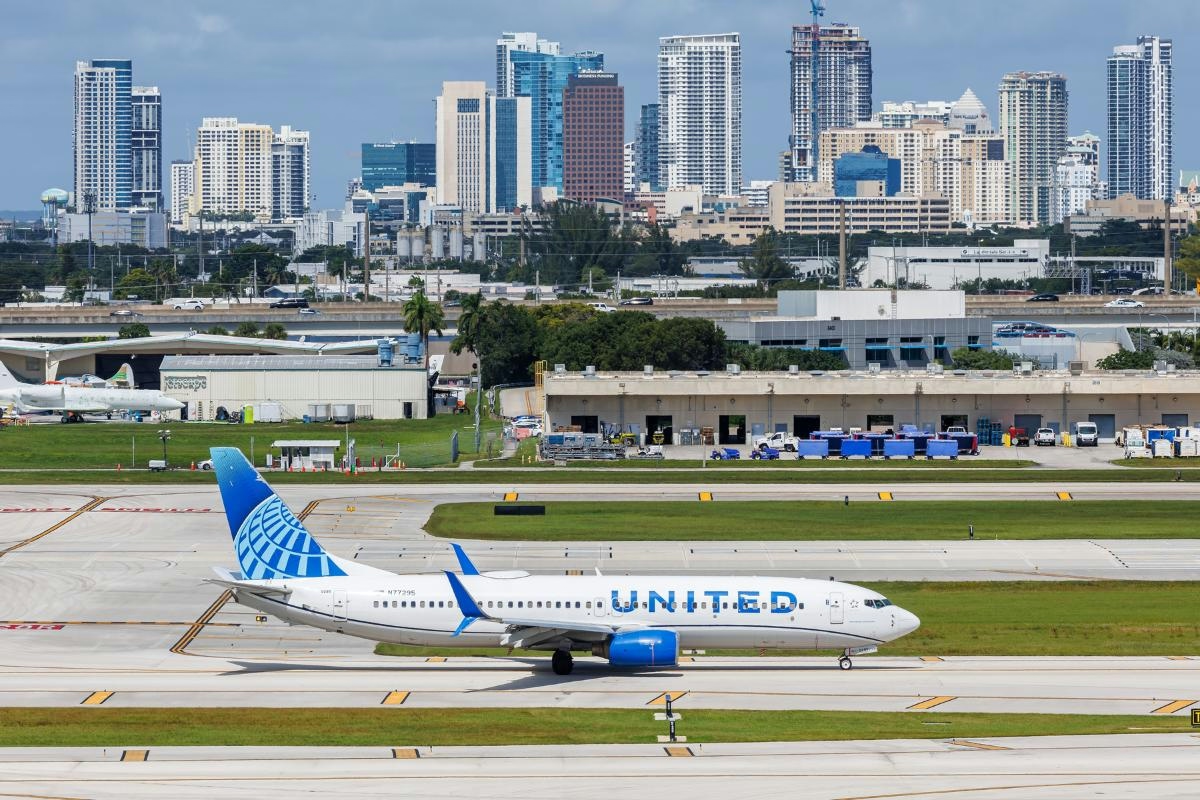
United Airlines Restarts Controversial AI Scheduling for Flight Attendants
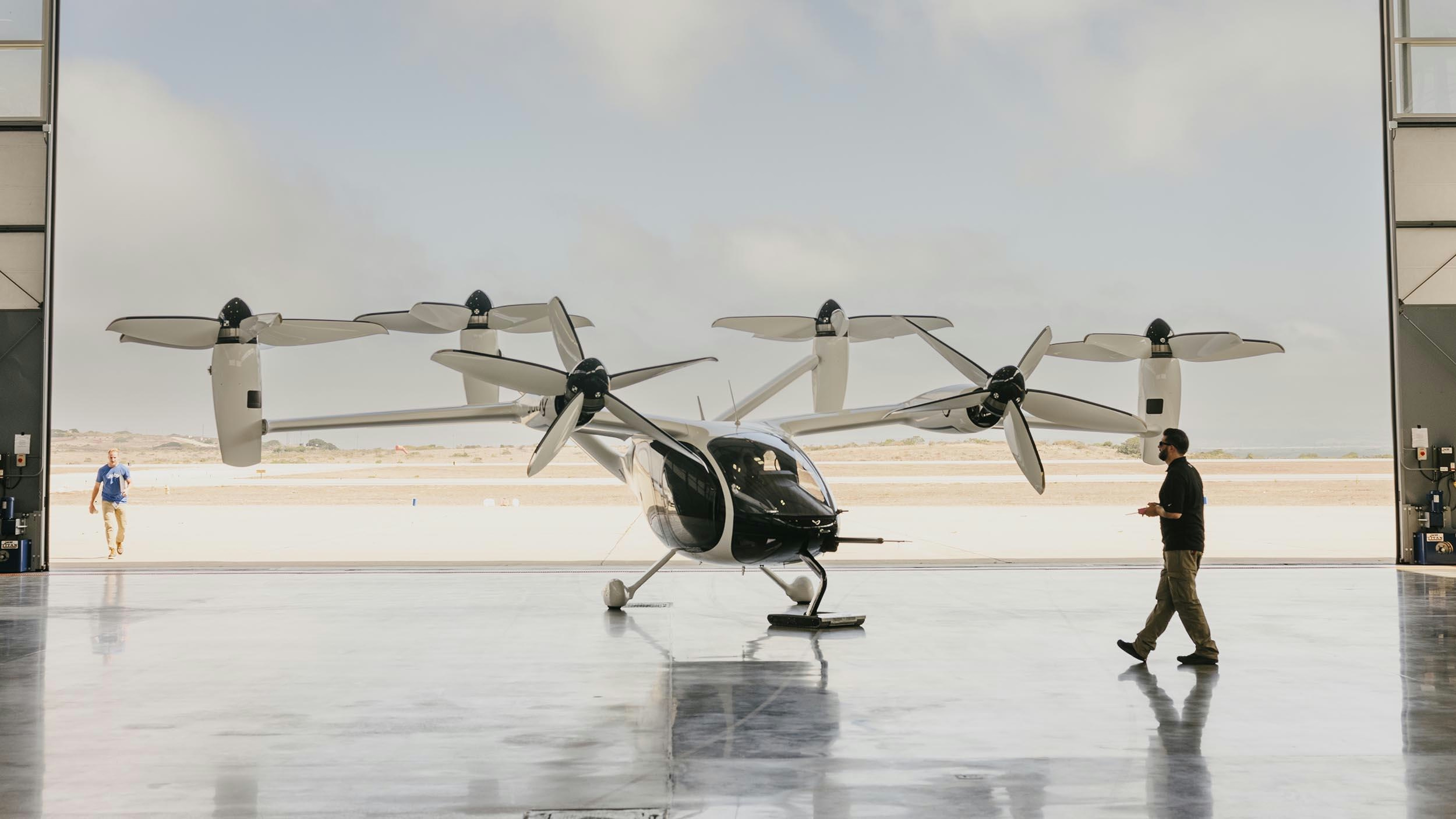
Joby Aviation’s Air Taxis Poised to Change Urban Travel and Tourism
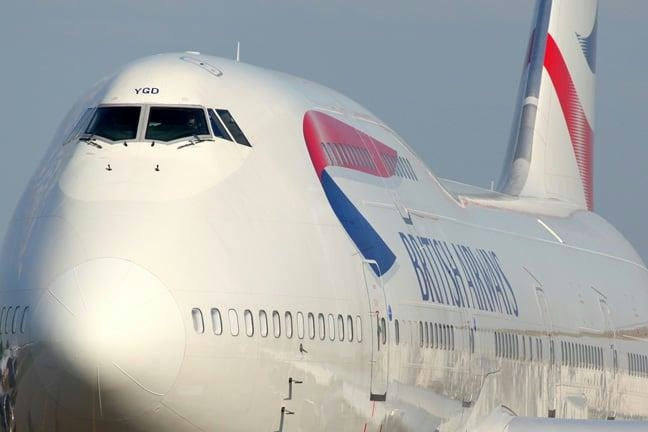
BA Chief Warns AI Agents May Diminish Brand Visibility

How GE Is Meeting Global Jet Engine Demand
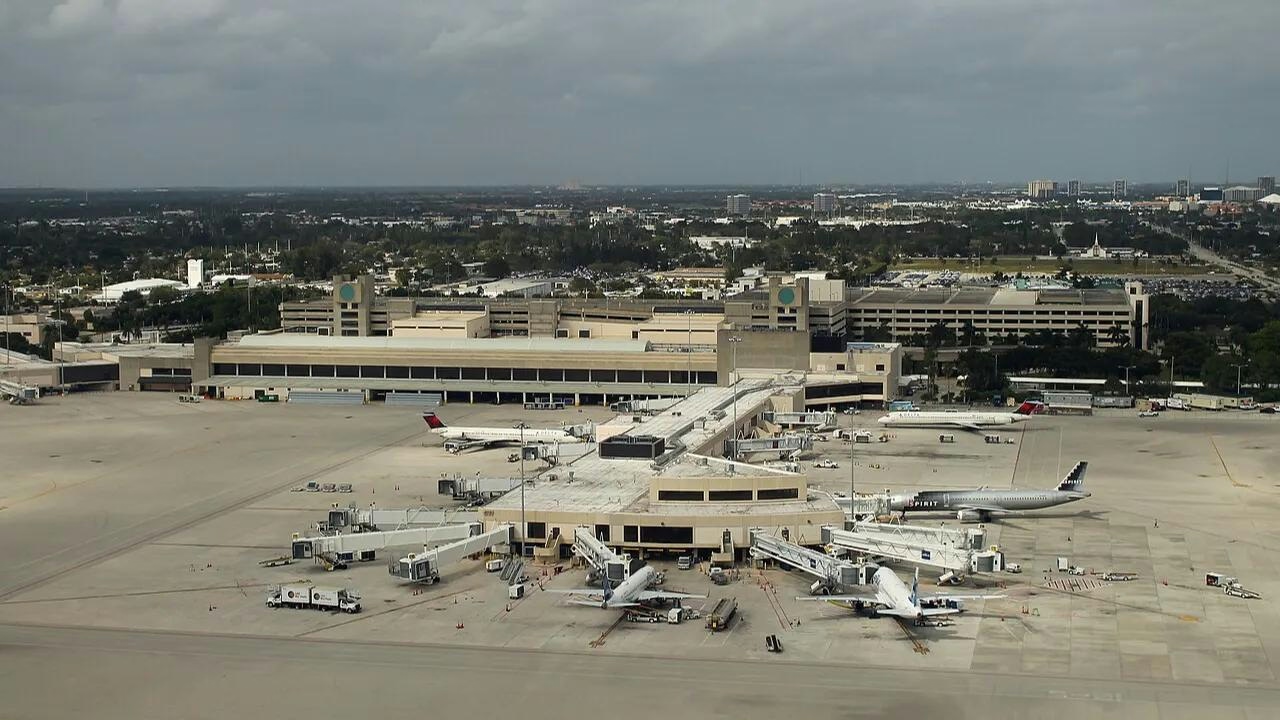
IATA Projects Airline Profits of $41 Billion in 2026
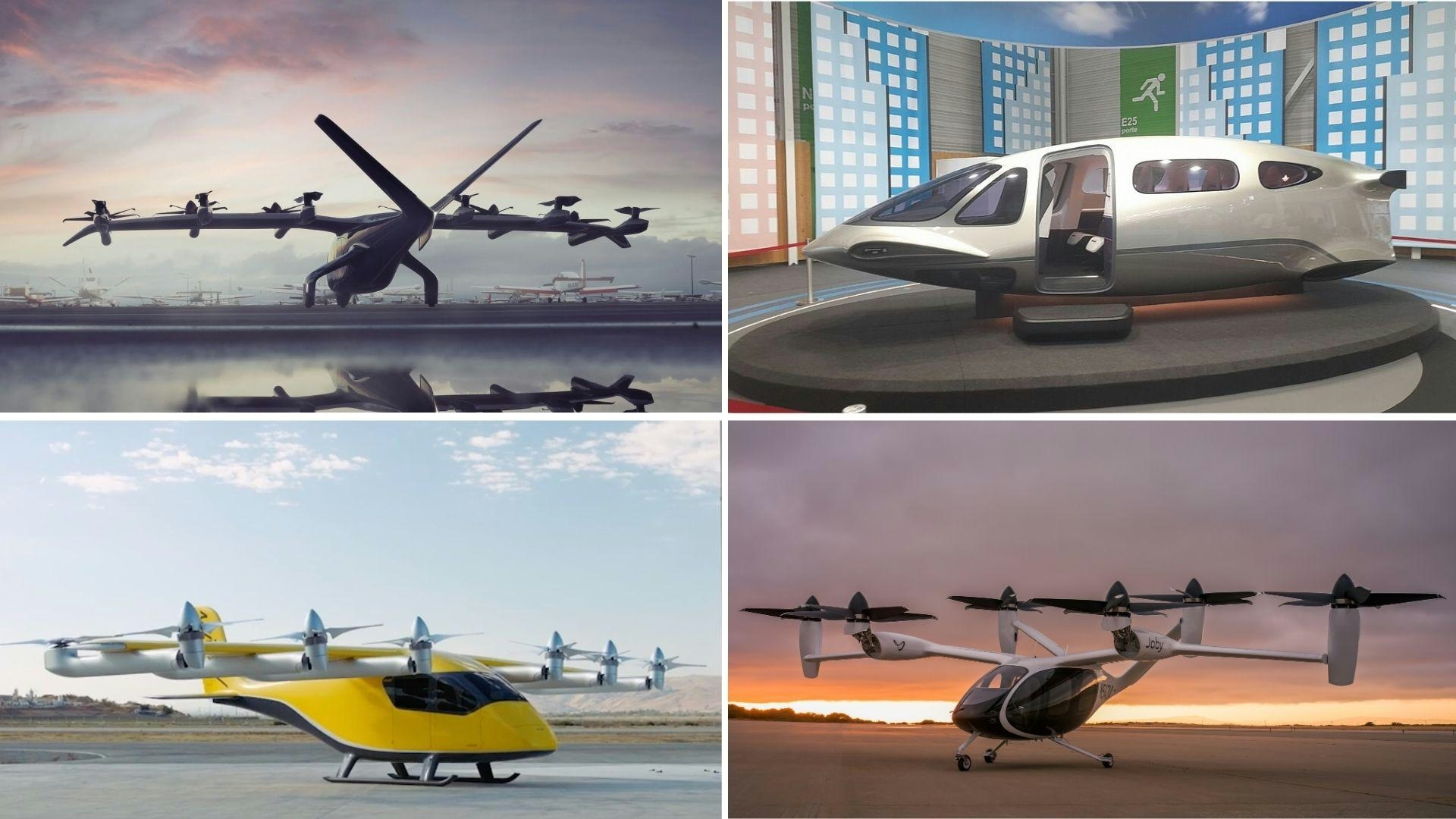
Five Air Taxis Poised to Shape Urban Mobility by 2026
